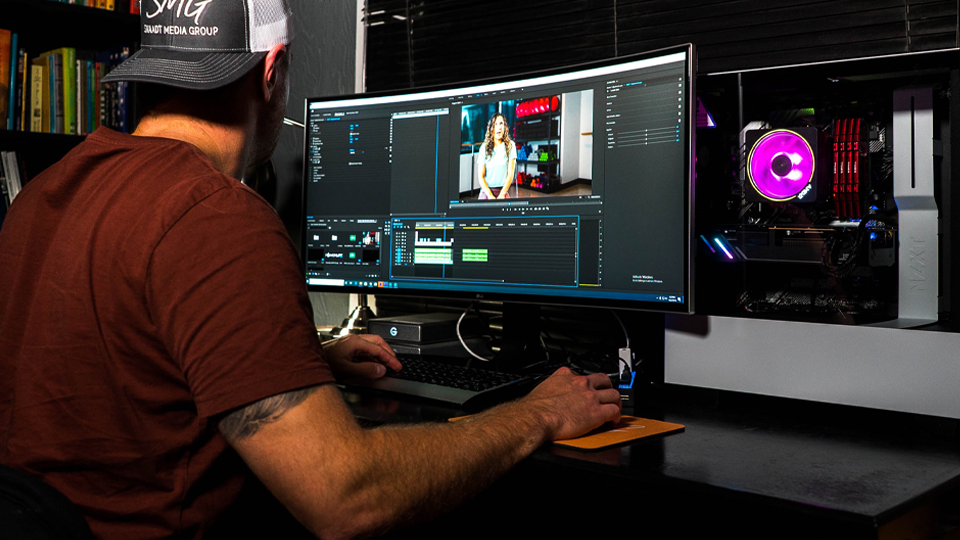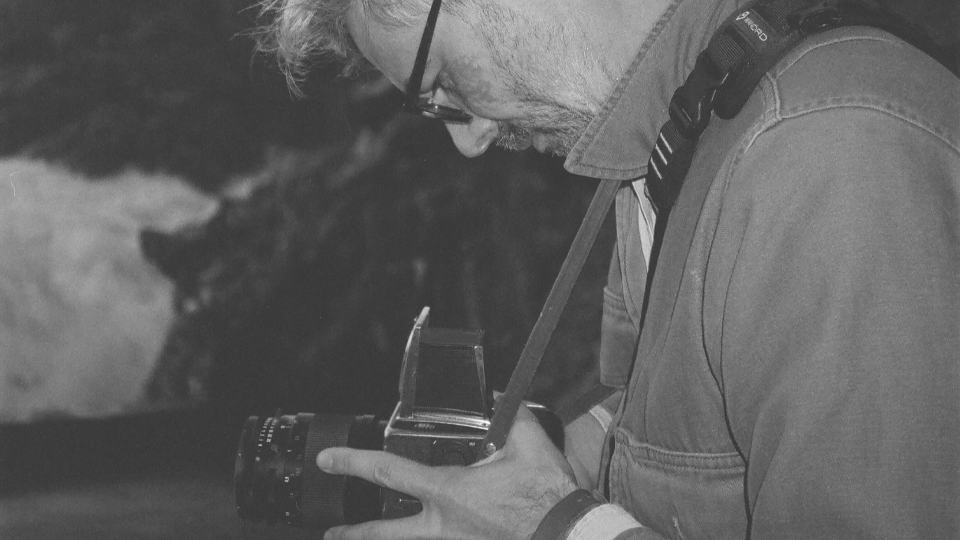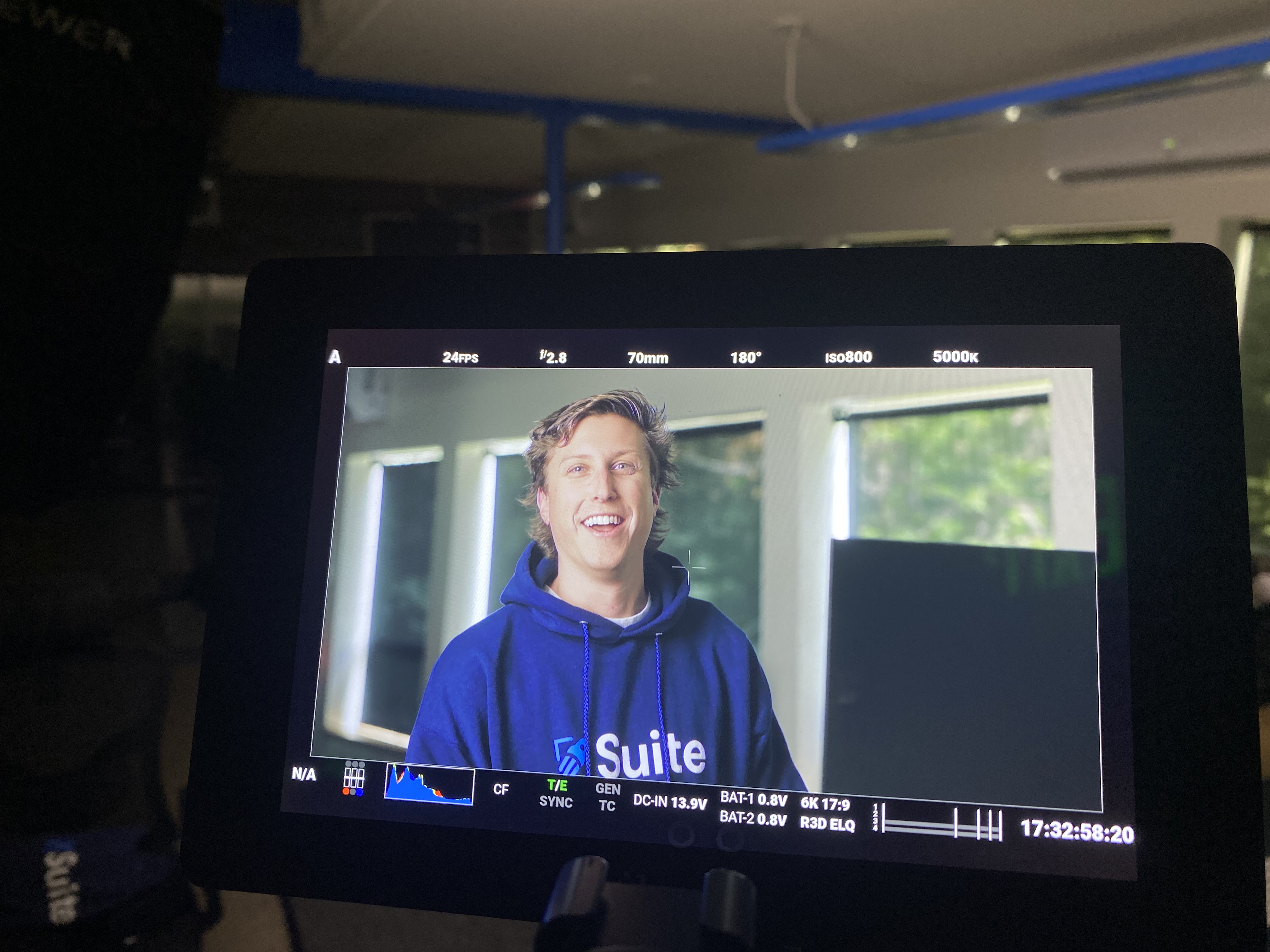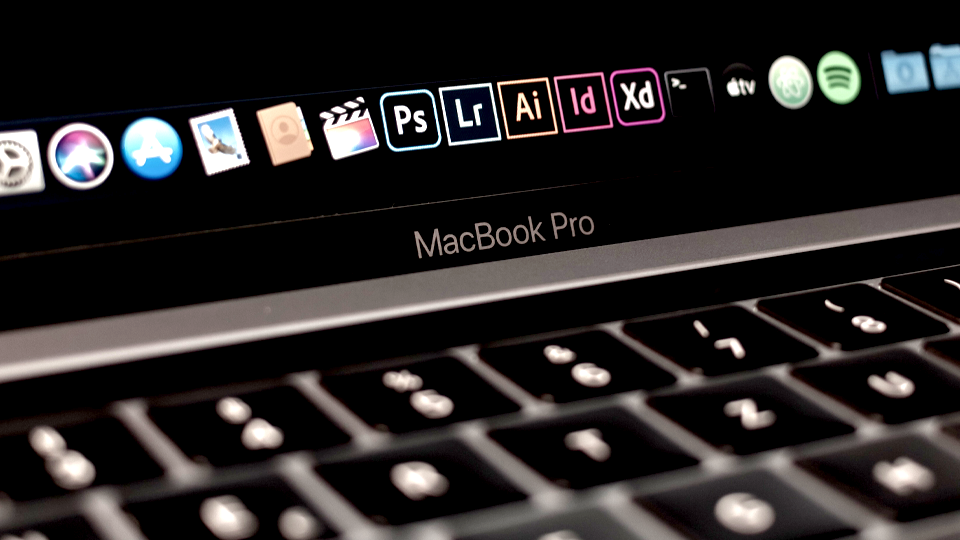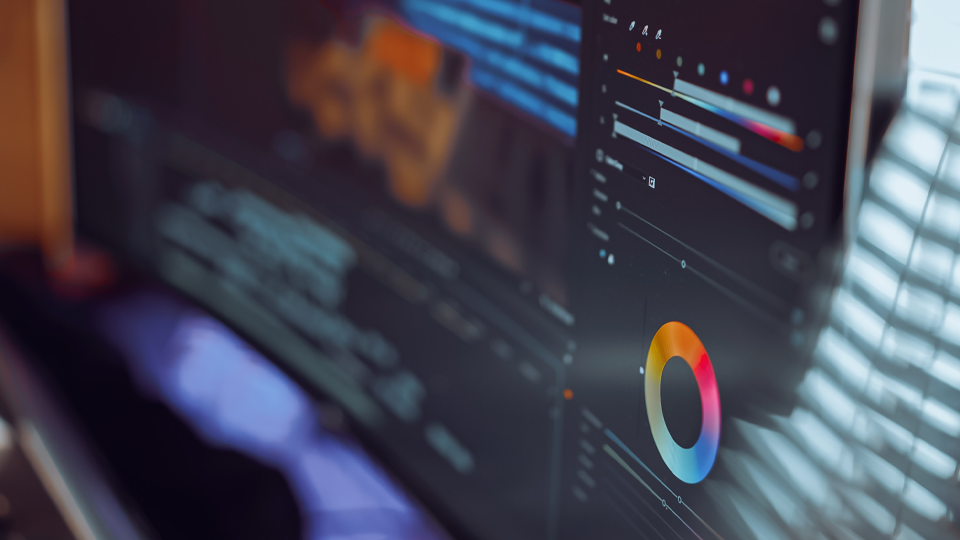Light & shadow: Crafting mood in cinema with Lighting Design
The Editors

8 Minutes

Lighting techniques that shape the final cut.
Lighting is fundamental to influencing the mood, tone, and overall aesthetic of a film. Different lighting techniques can transform a scene, making it feel realistic, fantastical, or dramatically intense. In this article, we’ll explore some basic cinematic lighting techniques, from natural lighting to highly stylized setups, and discusses their impact on storytelling and visual style.
Key concepts & techniques in lighting design
Lighting defines the mood, it sets the atmosphere, scene-by-scene. From the warmth of a romantic moment, to the eerie or fantastic mood of a fantasy tale, it serves as another layer of storytelling, helping convey a character’s emotional state, or simply further defining the visual identity of a film. Often taking from techniques found in photography, and even classical painting, the many various methods & tools gaffers use on-set contribute to the effect of the final cut.
Some key lighting techniques include the utilization of natural lighting—AKA whatever the sun can offer; three-point lighting; high-key and low-key lighting; and specialized setups like chiaroscuro and practical lighting. Here’s a deeper dive on some of these well-known techniques.
Three-Point Lighting: A staple in filmmaking, three-point lighting uses three light sources: key light, fill light, and back light. This setup provides depth and dimension, and can create dramatic contrasts that highlight character features & emotions, while ensuring that the subject stands out.
High-Key Lighting: High-key lighting reduces shadows and creates a bright, cheerful atmosphere. It is commonly used in comedies and musicals; the scenes are bright & the storylines are even brighter.
Low-Key Lighting: Low-key lighting creates stark shadows and a high contrast ratio, often used in thrillers and horror films. Think about how mafia films & crime thrillers famously use low-key lighting to cast shadows over characters’ faces, enhancing the film’s dark and ominous mood.
Natural Lighting: Using natural light can add realism and authenticity, especially when world-building is paramount to the story. Capturing the beauty of the natural world takes a keen sense for lighting technique, exposure, and aperture control. Take note of how your favorite films start to incorporate Virtual Production & synthetic light with increased regularity in coming years.
Practical Lighting: Practical lights are actual light sources within the scene, such as lamps or candles. While these light sources can be more difficult to control when lighting an entire set, they can add an important, nuanced atmosphere to a scene. Pay attention in period films how filmmakers use candles to achieve an authentic & historic look, enhancing the film’s ability to move the audience.
Chiaroscuro: Taken from classical painting, the emphasis here is on bold contrasts between light & dark, or different colors in the palette, to create a sense of volume, depth, and complexity within a film. This dramatic effect often helps bring life to dystopian worlds & heavily stylized environments.
Natural Lighting: The Revenant (2015)
Alejandro González Iñárritu’s The Revenant is renowned for its use of natural lighting. Cinematographer Emmanuel Lubezki, known for his mastery of this craft, shot the film almost entirely using natural light sources, and it really shines in the final cut. This approach required meticulous planning & precise timing to capture the best conditions, which serve to enhance the realism of the film, creating a visceral and raw atmosphere that paints a brutal, true picture of the harsh wilderness setting in which the story takes place.
Low-Key Lighting: Se7en (1995)
David Fincher's Se7en is a classic example of low-key lighting used to create a dark, moody, and suspenseful atmosphere. Cinematographer Darius Khondji used low-key lighting to enhance the film’s gritty and ominous tone, emphasizing shadows and contrast to create a sense of mystery and tension. Low-key lighting in Se7en is used to great effect in the film’s many dimly lit scenes, where the shadows often obscure parts of the frame, making the viewer feel the psychological and physical darkness that the characters navigate. You can argue that the interplay of light and shadow highlights the relationship between the film's main characters and the evil lurking in the narrative.
Stylized Lighting: Elvis (2022)
Baz Luhrmann's Elvis exemplifies the use of highly stylized lighting to capture the electric energy and larger-than-life persona of Elvis Presley. Cinematographer Mandy Walker employed vibrant, saturated colors and dramatic spotlights to bring the film’s musical performances and emotional beats to life. The stylized lighting in Elvis accentuates the intensity of Presley's rise to fame, his struggles, and the era's cultural shifts. The use of bold contrasts, dazzling neon lights, and creative stage setups not only highlights the glitz and glamour of Elvis's world but also underscores the inner turmoil and complexity of his character. The lighting in this epic biopic immerses the audience in the spectacle, drama, and tragedy of Elvis's life, making every scene, and every set, a visual and emotional experience.
Practical Lighting: Skyfall (2012)
Roger Deakins, the cinematographer for the James Bond movie, Skyfall, employed many practical lighting techniques to create realistic and atmospheric scenes. Practical lighting involves using light sources that are visible within the frame, such as lamps, candles, or neon signs, to illuminate the scene. In Skyfall, this technique is used effectively in scenes like the Shanghai skyscraper fight, where neon lights create a striking visual effect in a skyscraper made of glass. This highly stylized, artful action movie makes the most of its spy-driven storyline, with many thanks to Deakins’ approach to lighting design setting the tone for every encounter.
BONUS VIDEO:
Want to learn more about lighting in film? Watch the video below for more:
Final Thoughts
You may not notice it, or think about it much at first, but everything on a movie set needs to be appropriately lit, or it won’t show up well on-camera. Moreover, lighting technicians in cinema play a crucial role in shaping the mood, tone, and aesthetic of a film. From the natural lighting in The Revenant to the low-key shadows of Se7en, the stylized brilliance of Elvis, and the practical illumination in Skyfall, each approach offers unique advantages for storytelling and visual style.
Take your post production to the next level >>
Click here to learn more about Suite












